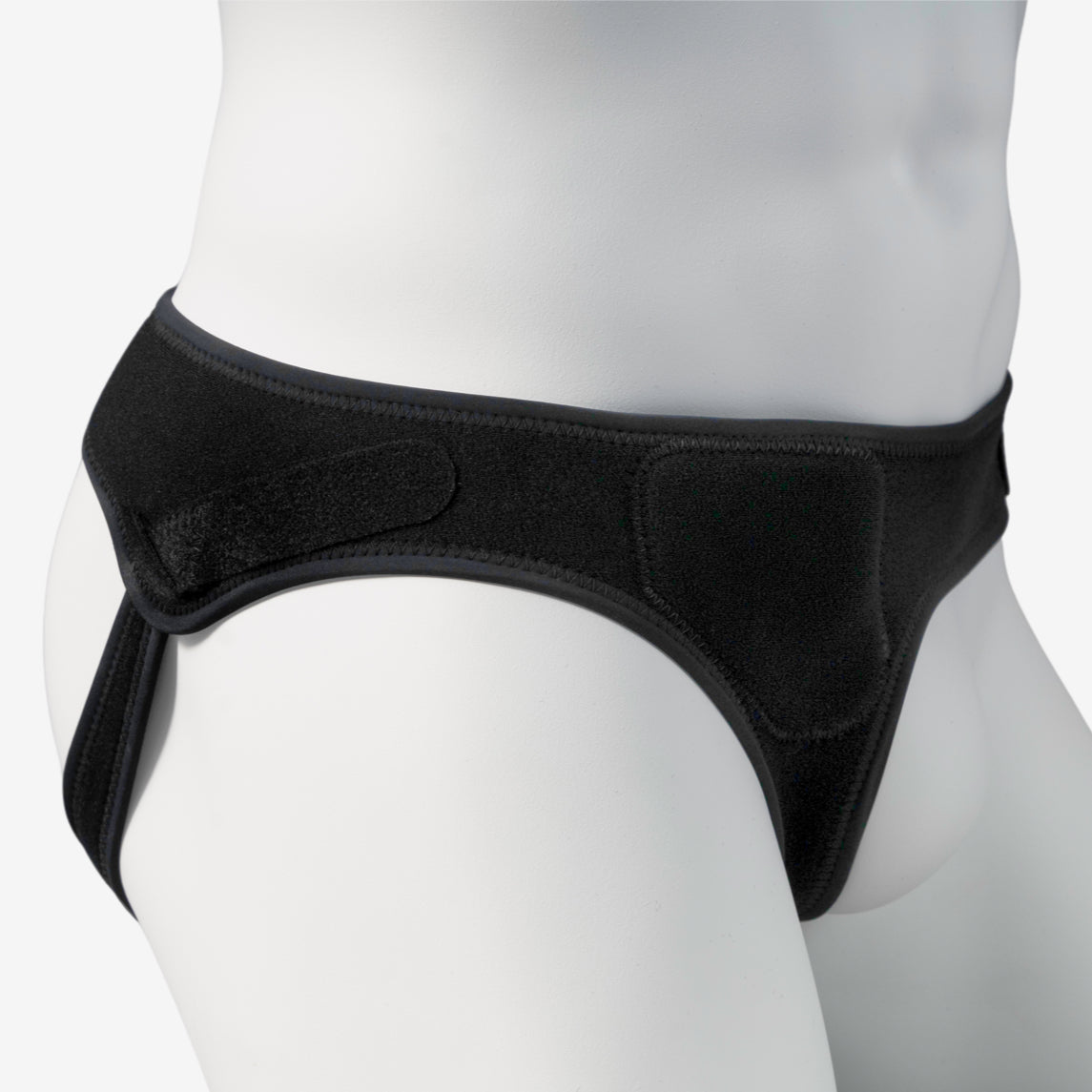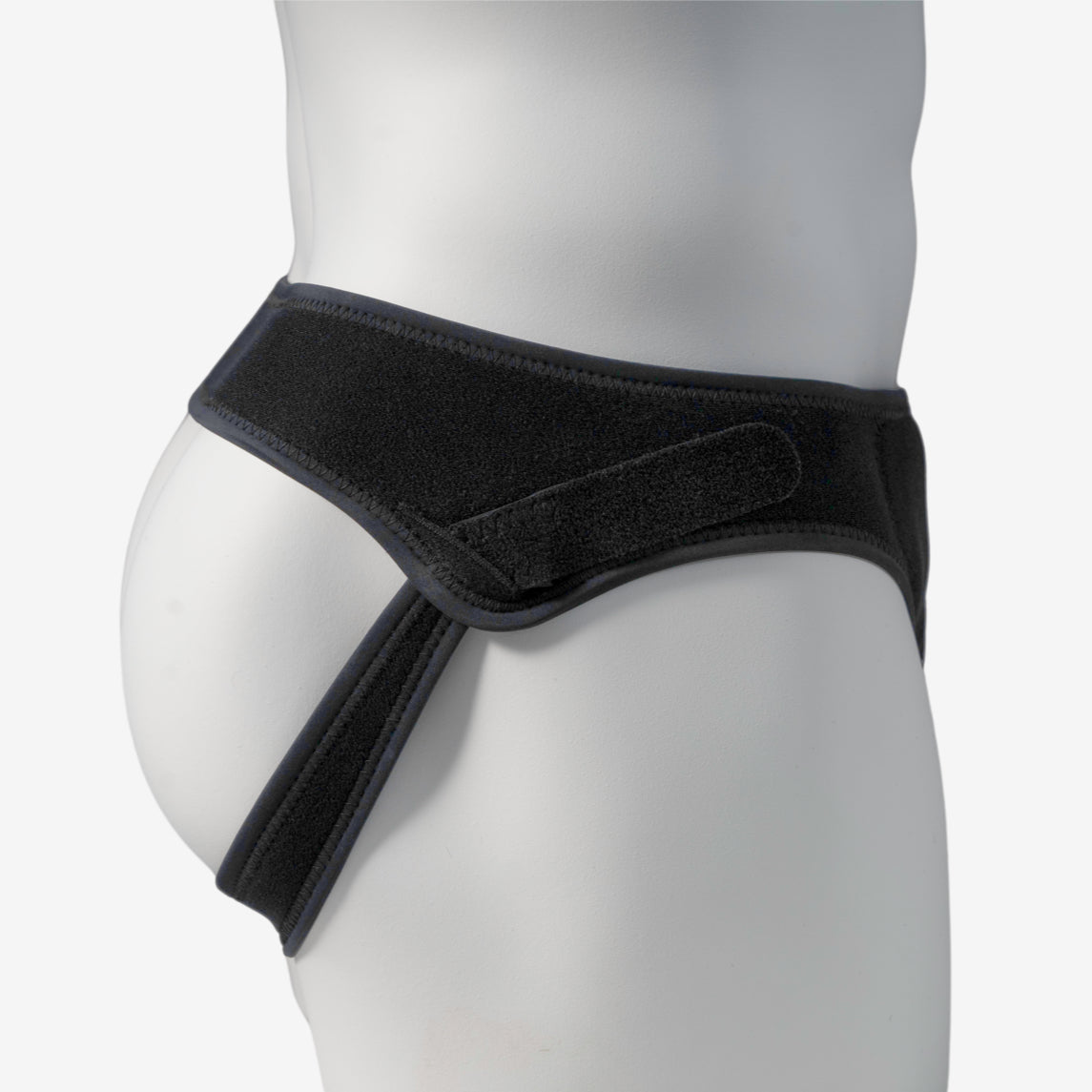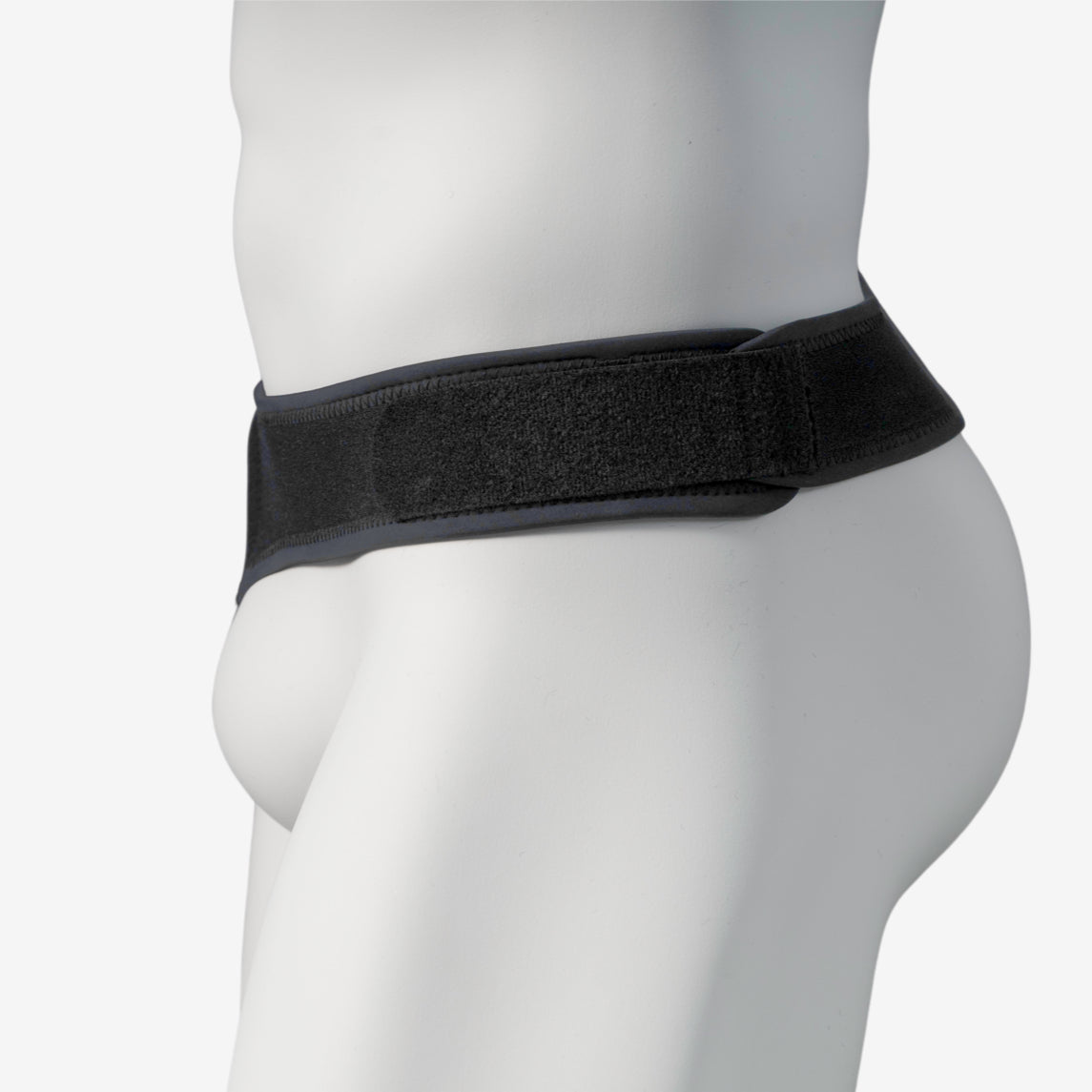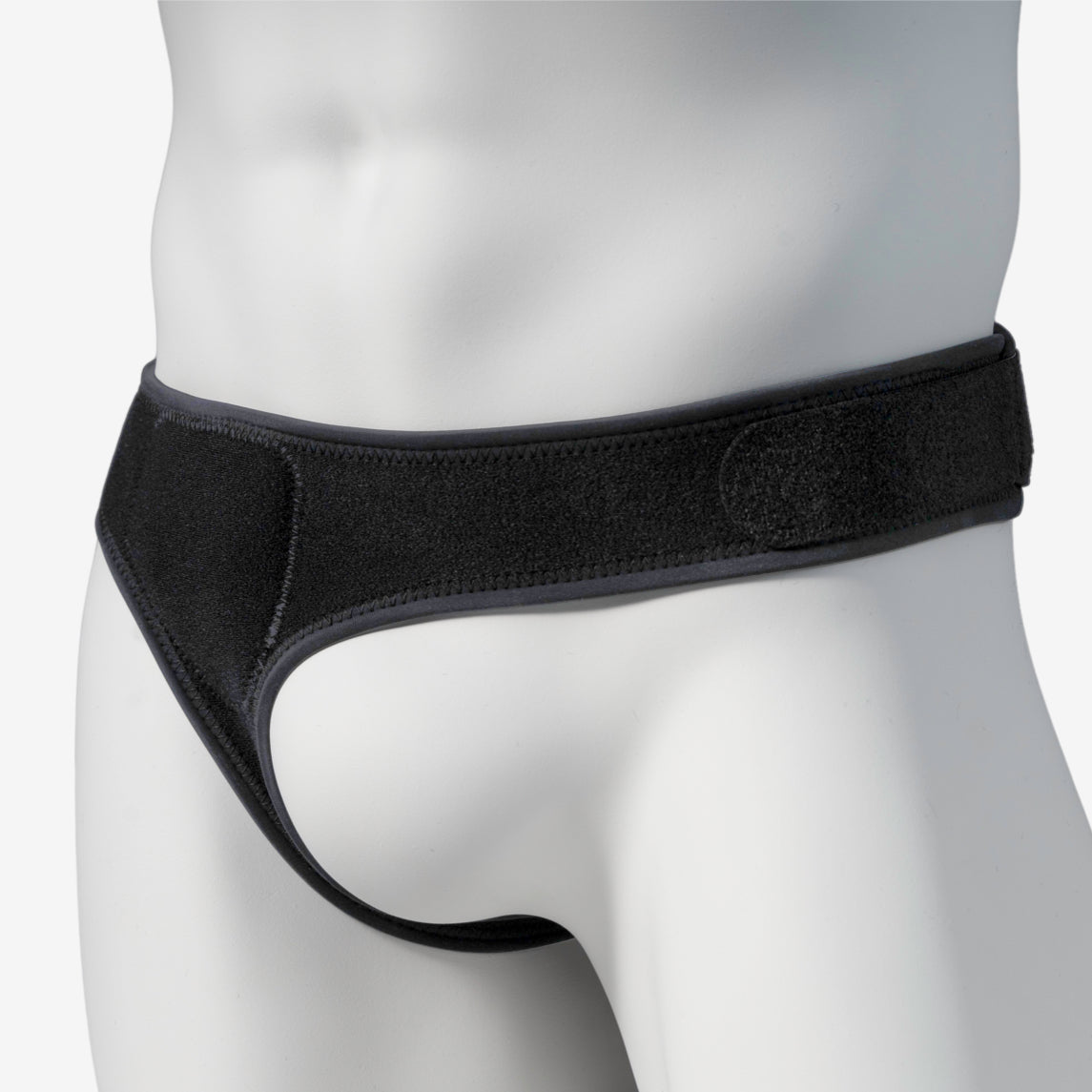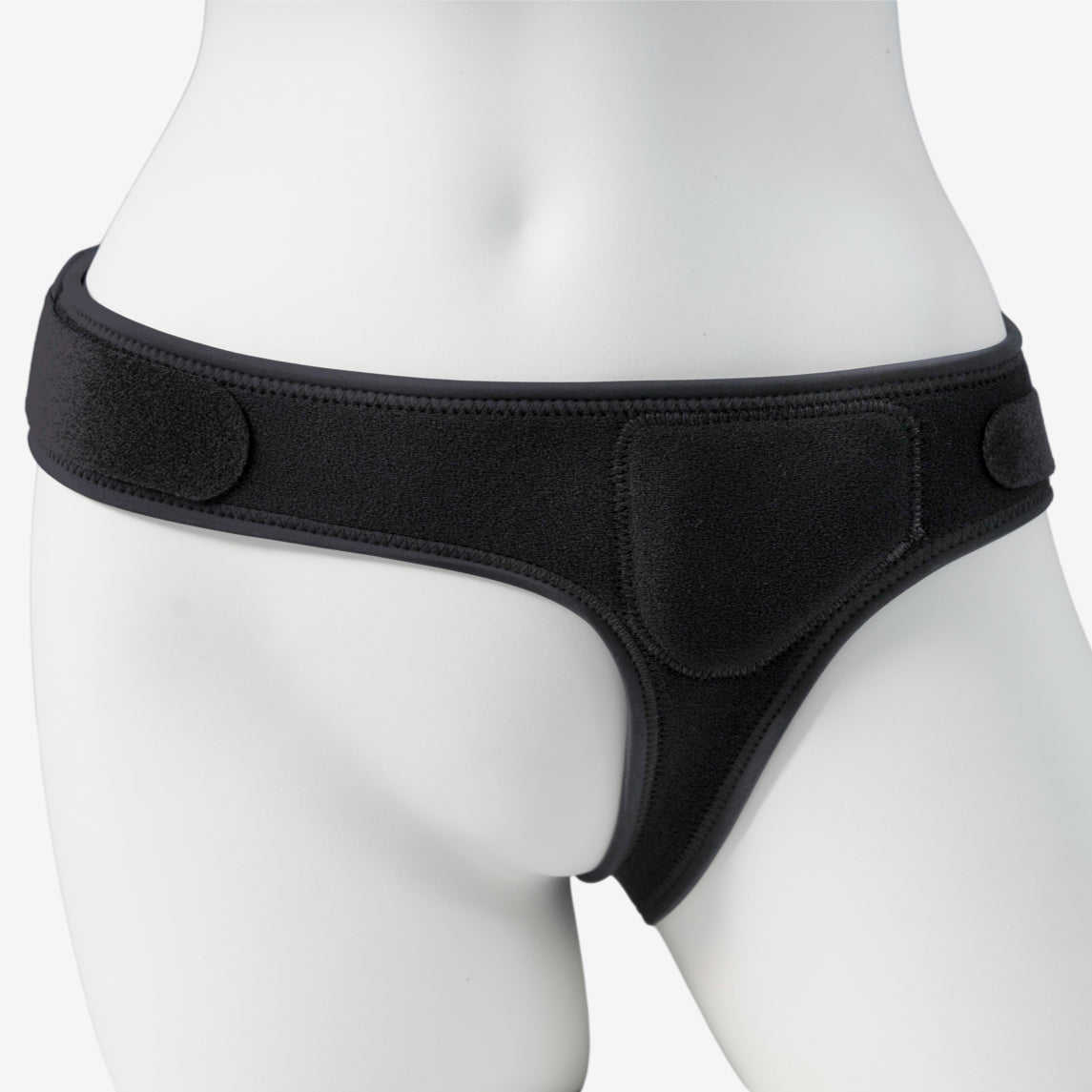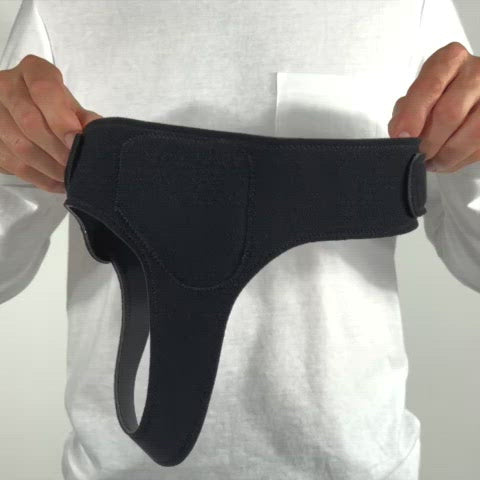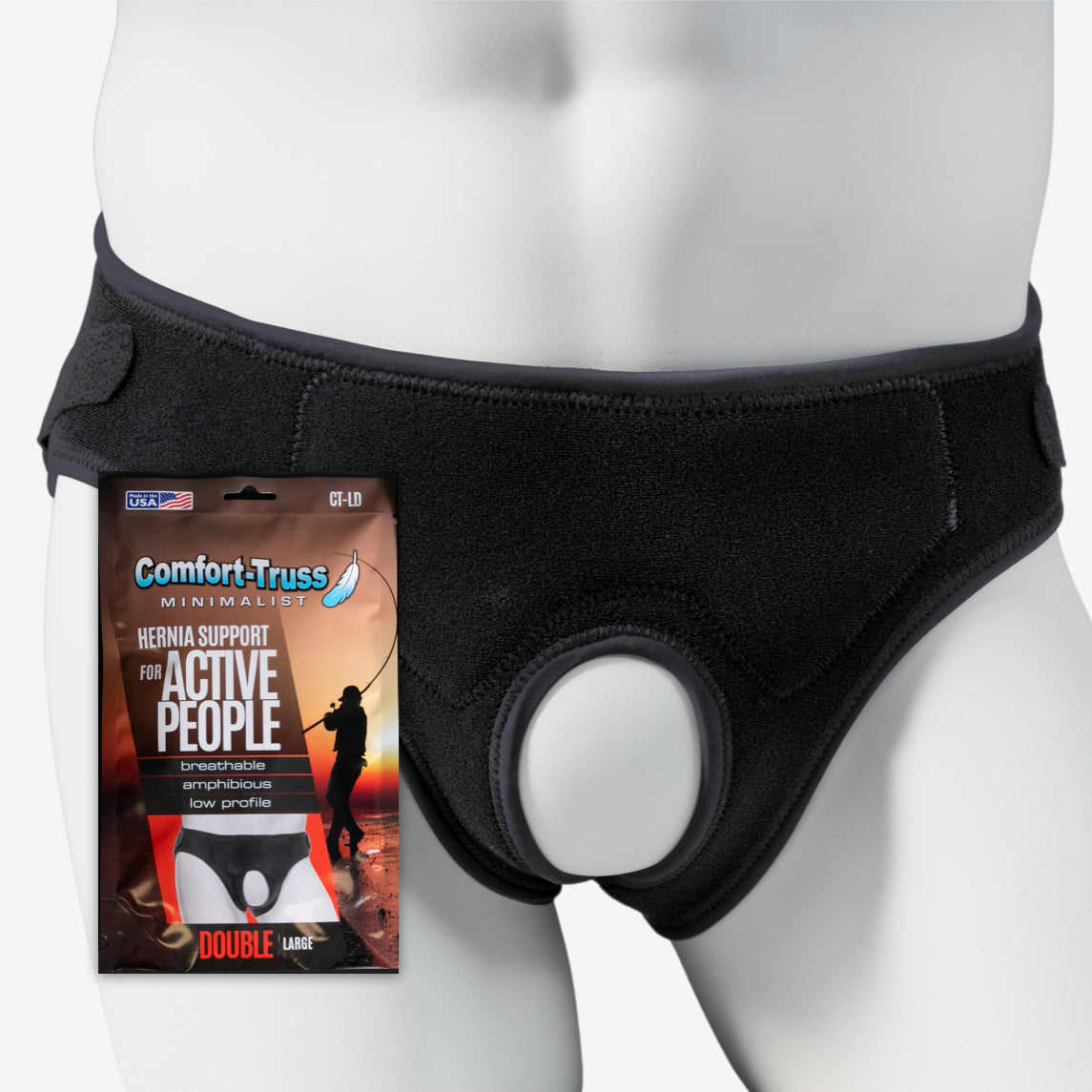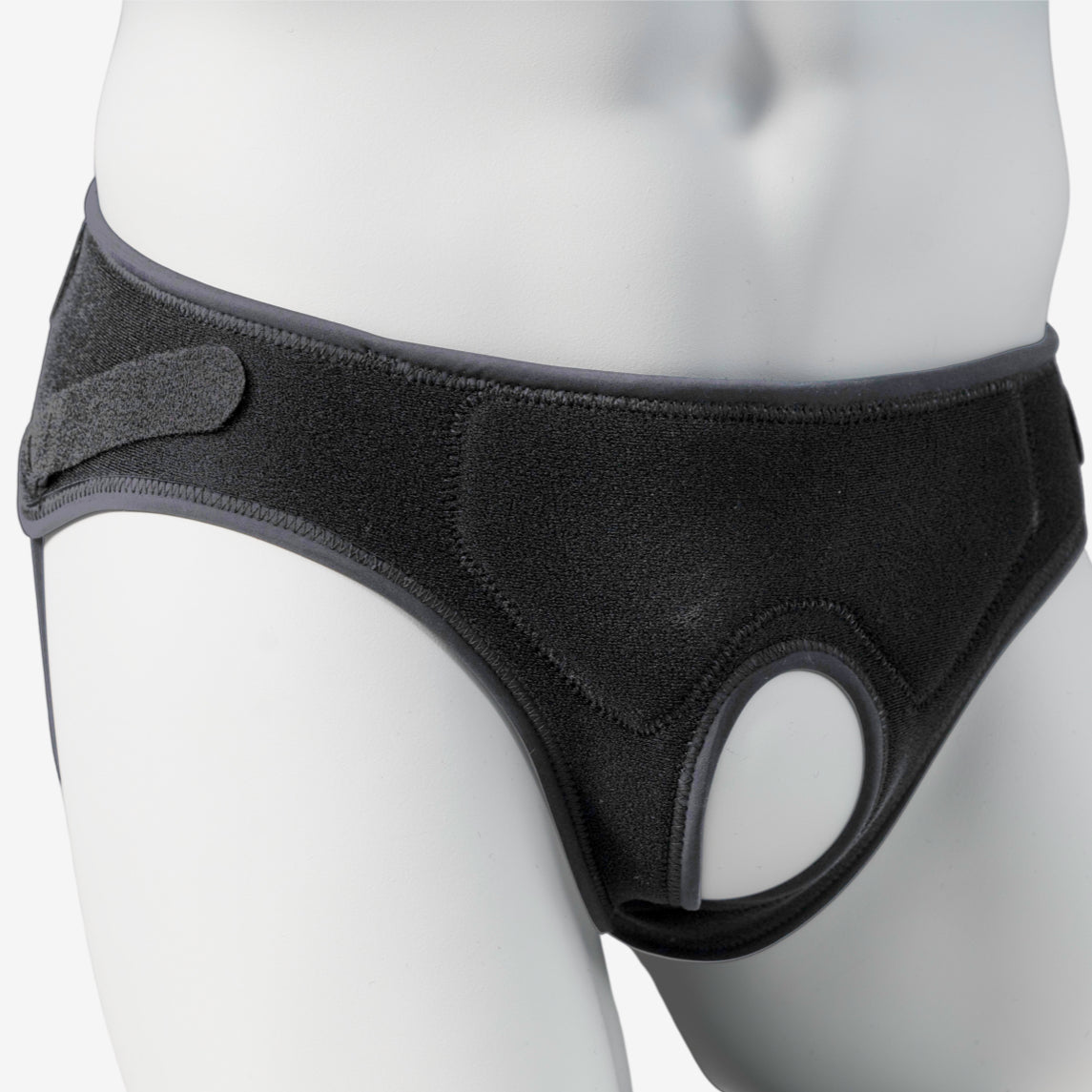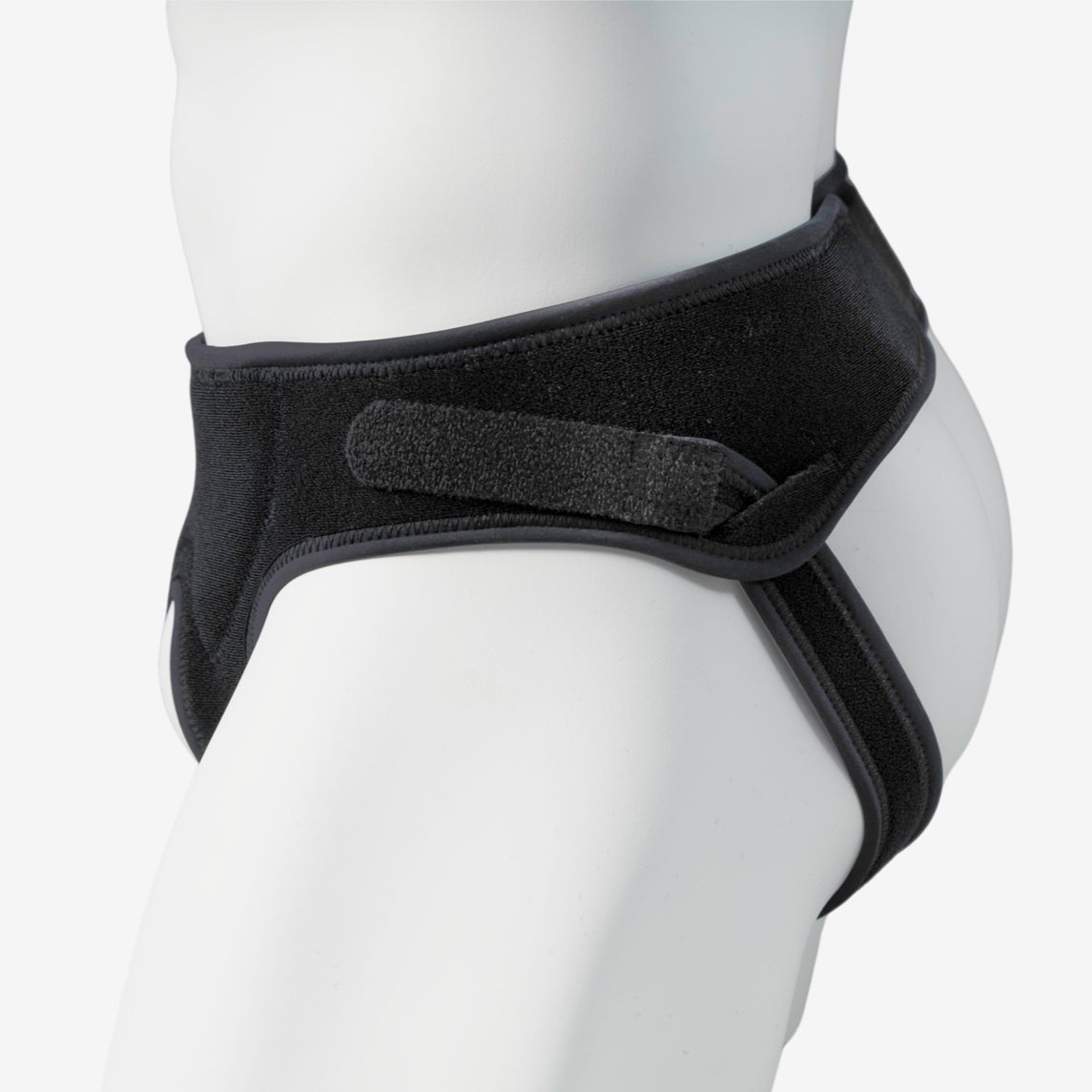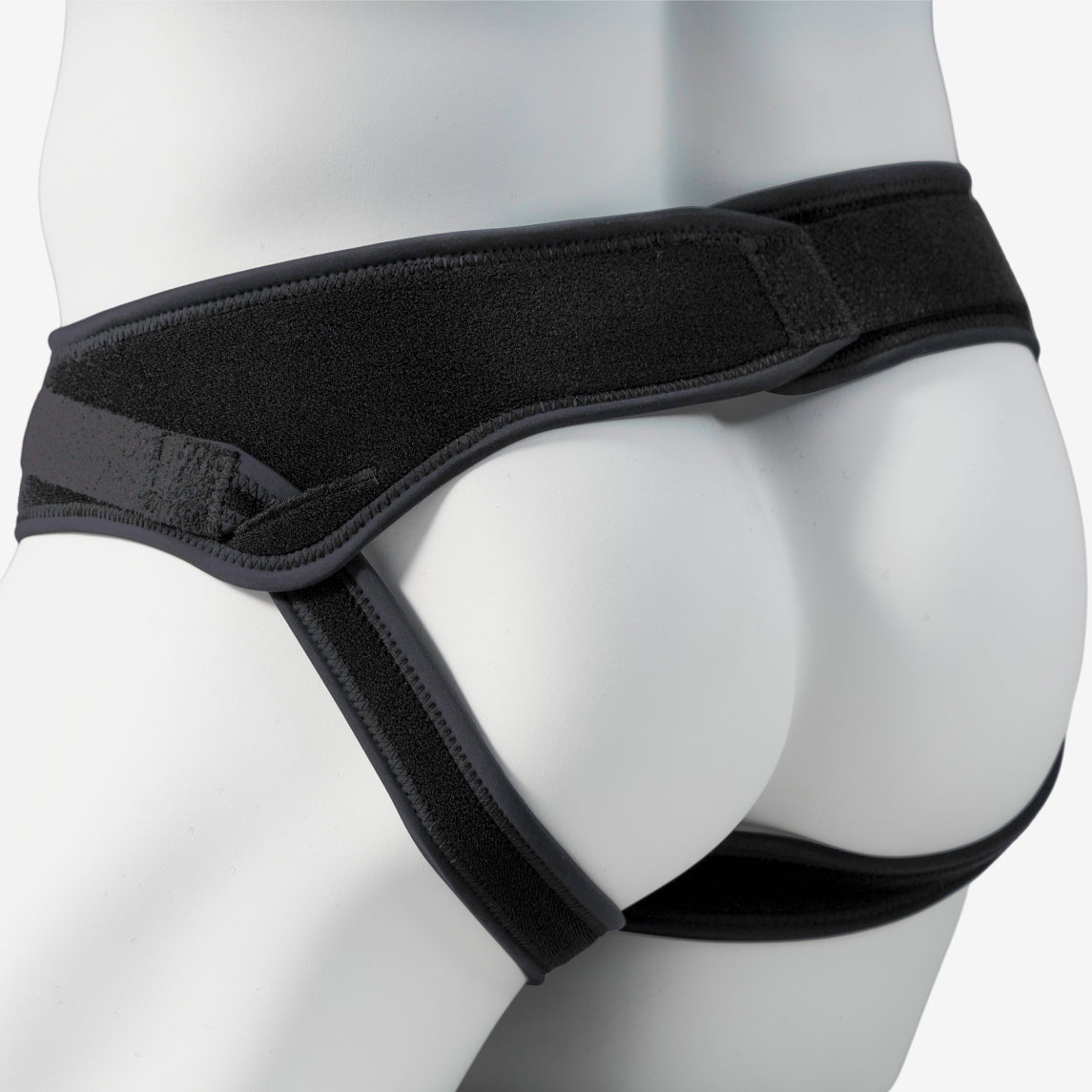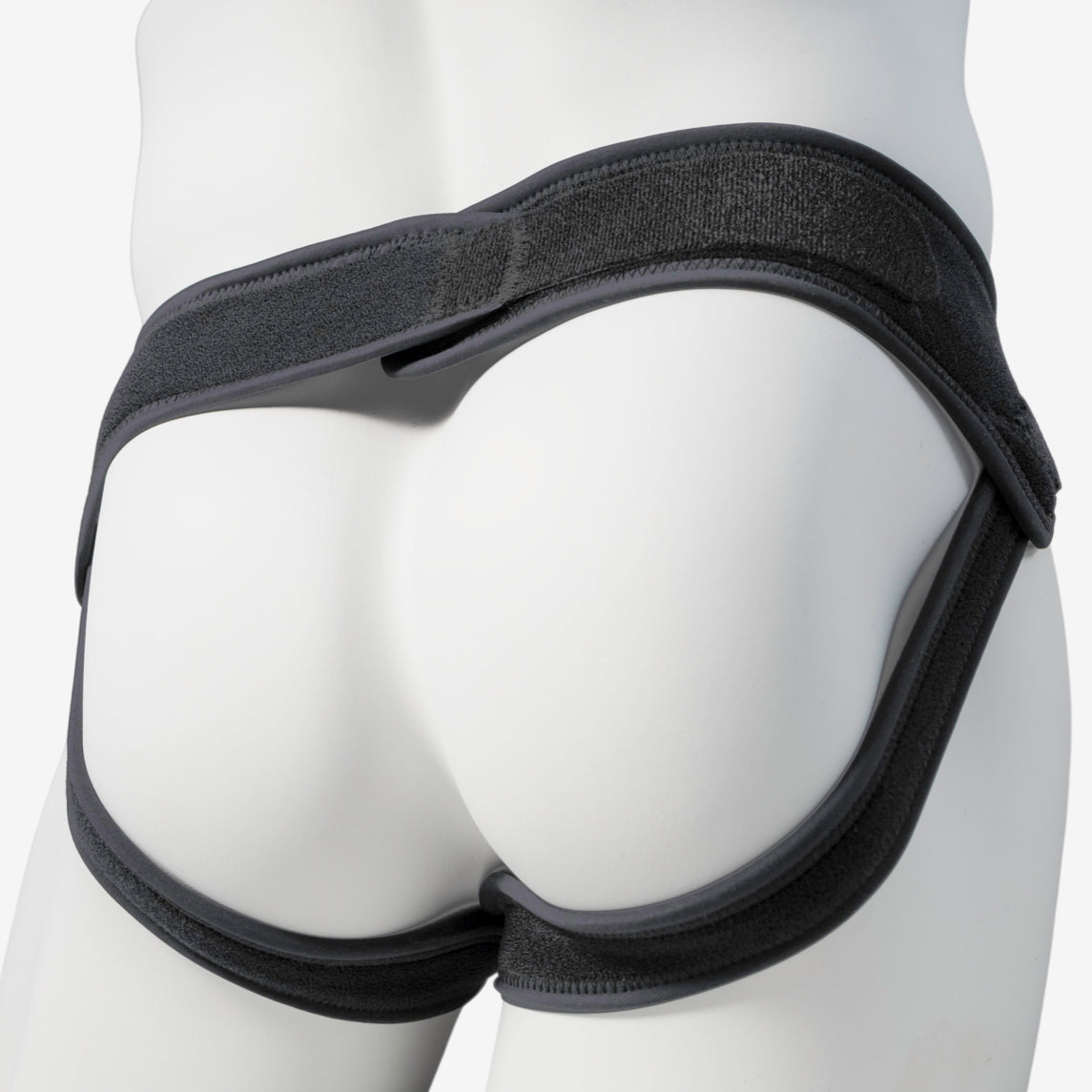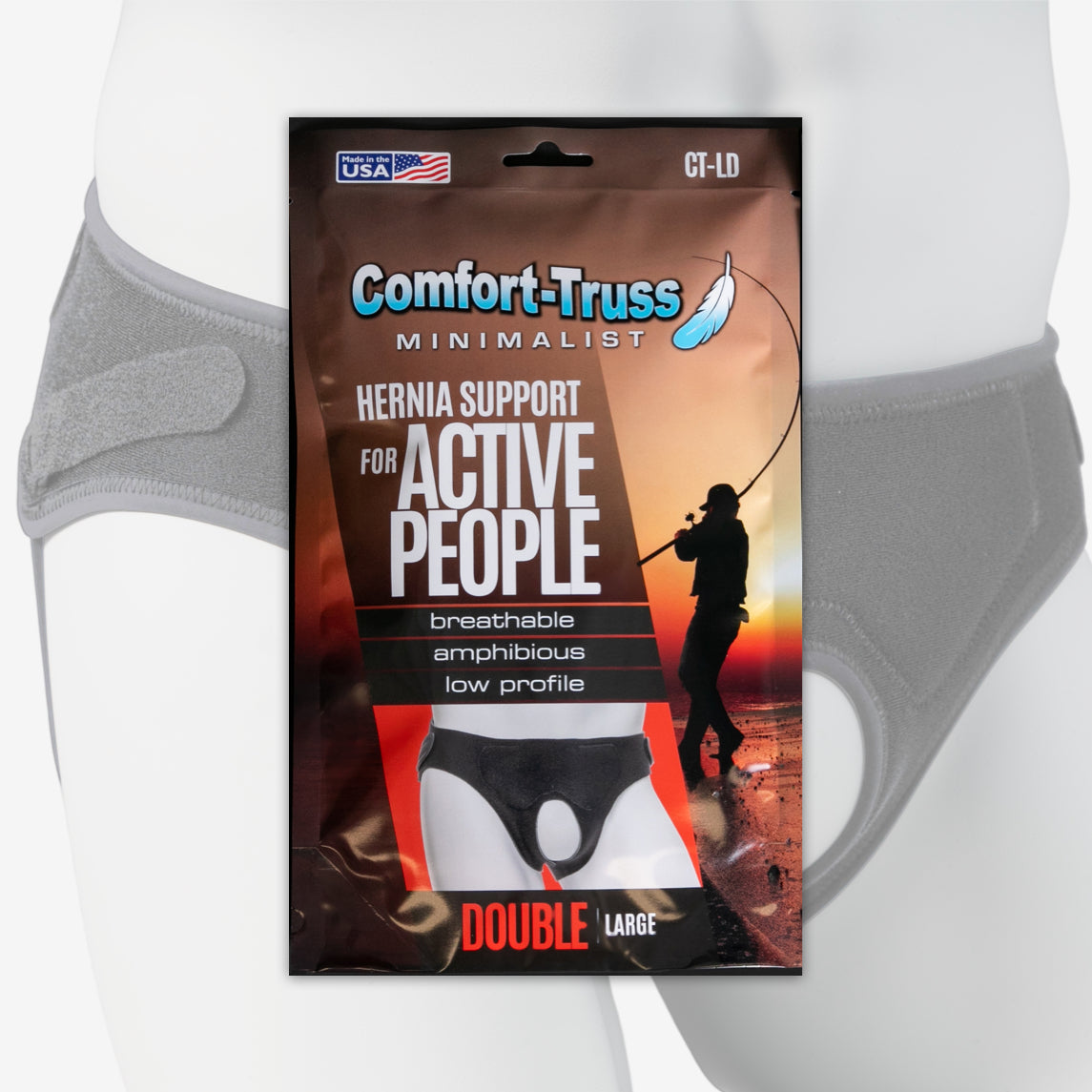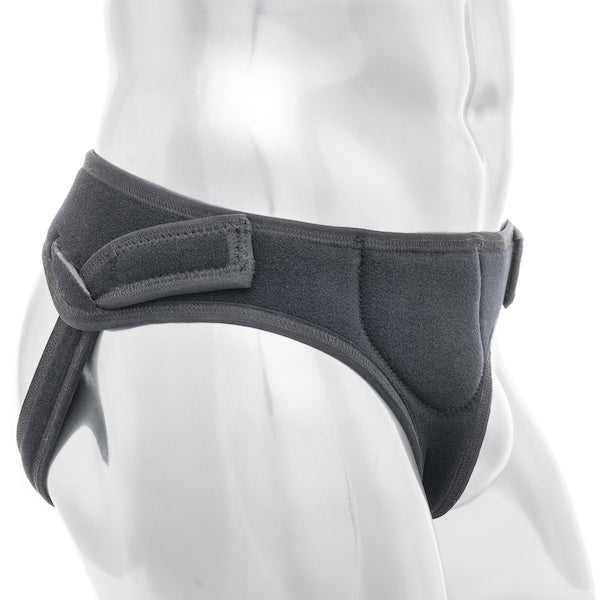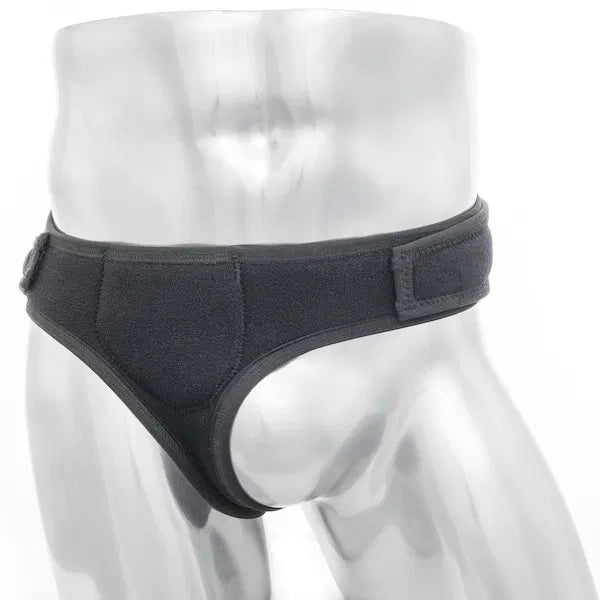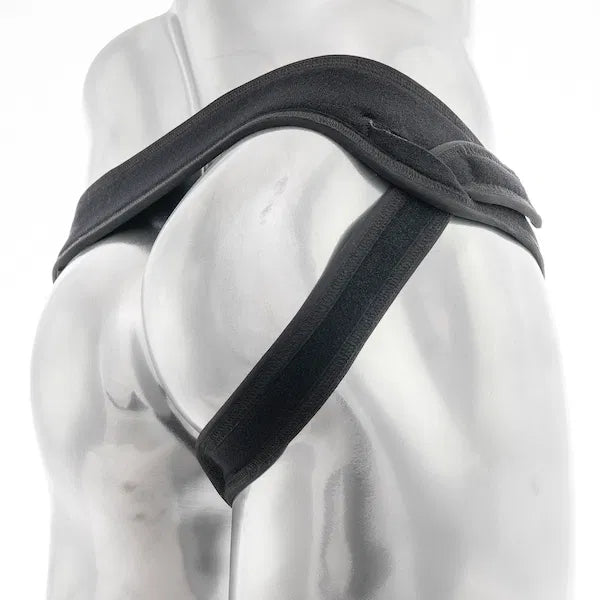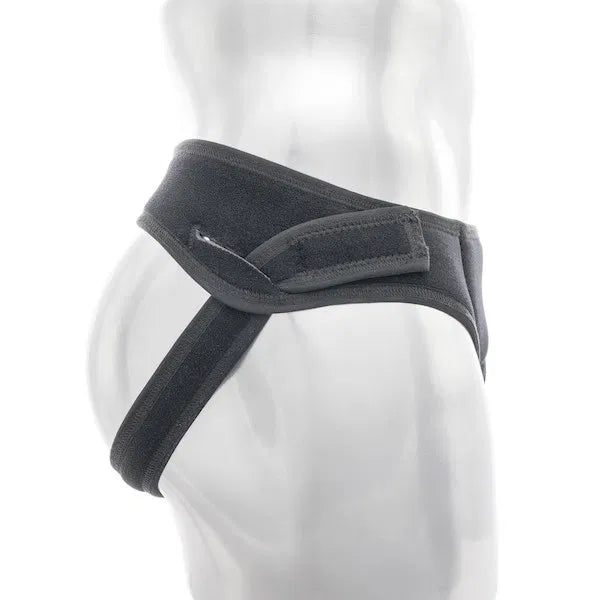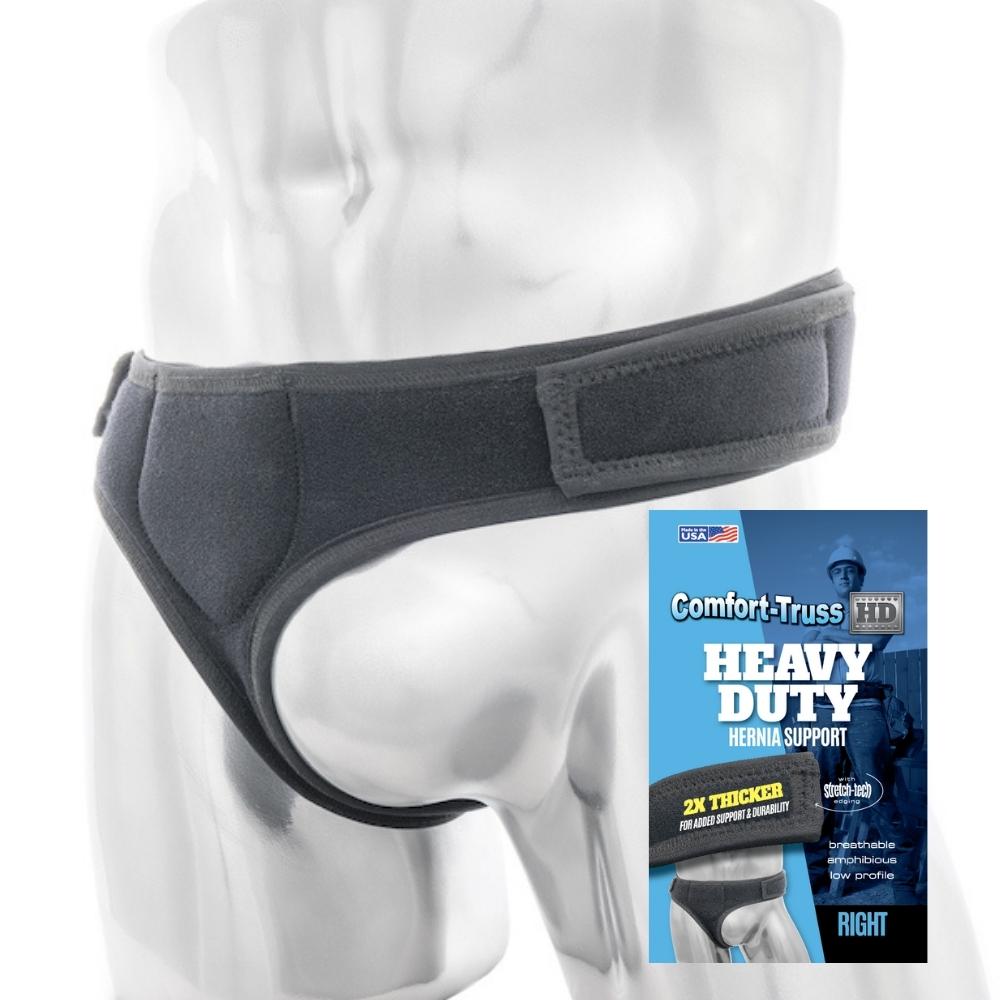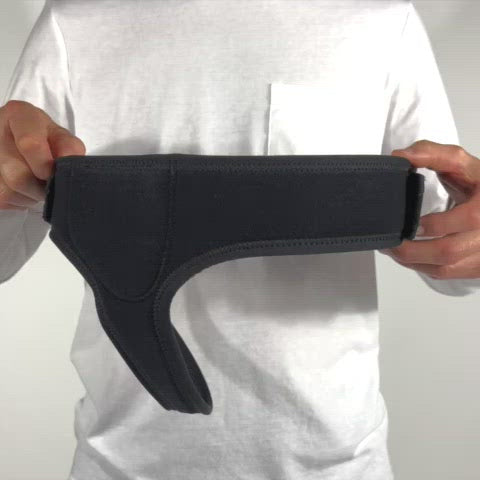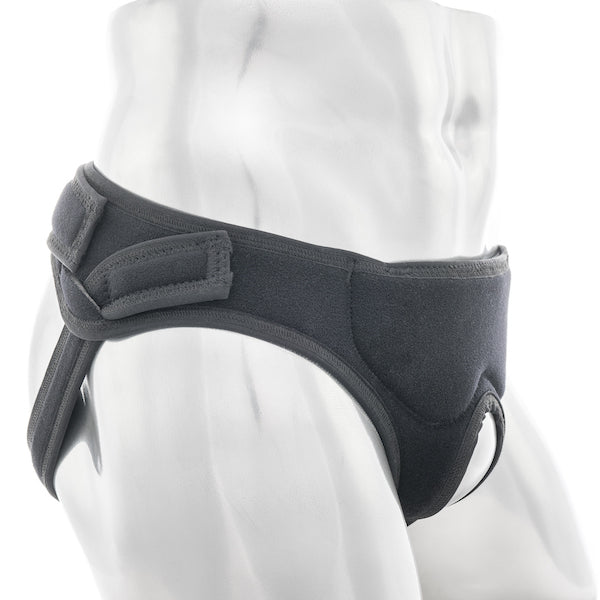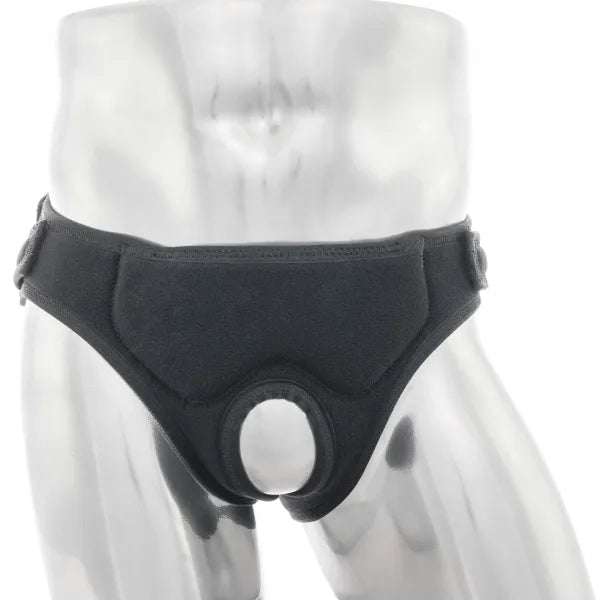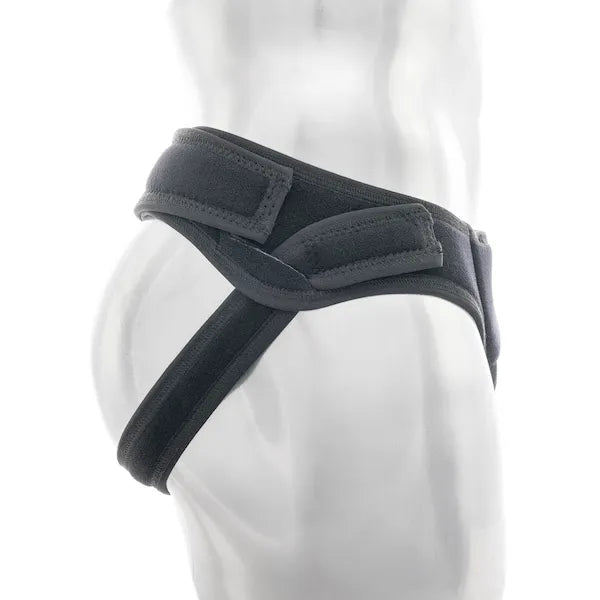What Is a Hernia Belt? Inguinal Hernia Belts, Trusses & How They Work

Hernias are fairly common, but they can cause a lot of pain and discomfort. In some cases, surgery is the best treatment for a hernia, but it isn’t always the only option. Many patients manage hernia symptoms effectively with a supportive hernia belt or truss. But what is a hernia belt exactly, and how can it help?
A hernia belt is often used to alleviate pain and support certain types of hernias, especially inguinal hernias. An inguinal hernia occurs when a portion of the intestine bulges through the lower abdominal wall, typically in the groin area through the inguinal canal. According to research, about 27 percent of men and 3 percent of women will develop an inguinal hernia during their lifetime.
In this article, we’ll explain what a hernia belt is, what it does, how to wear one properly, and why Comfort-Truss offers one of the best hernia belts available today.
WHAT IS A HERNIA BELT USED FOR?
A hernia belt is a supportive undergarment designed to help alleviate the discomfort caused by hernias. It applies gentle pressure to the hernia site, helping to keep the hernia reduced and providing comfort during daily activities.
There are different styles of hernia belts designed to support different types of hernias. For example, a single-side hernia belt is ideal for supporting an inguinal hernia on one side of the body. A double-side belt is available for those with bilateral hernias.
WHAT DOES A HERNIA BELT DO?
Hernia belts are designed to apply gentle pressure to the hernia site and help hold the protruding tissue in place. While a hernia belt does not cure a hernia, it can provide significant relief from discomfort and enable greater mobility.
The benefits of wearing a hernia belt include:
- Provides non-invasive relief for hernia pain and discomfort.
- Helps maintain a more active lifestyle while managing hernia symptoms.
- Can support healing post-surgery by reducing strain on the affected area.
- Worn discreetly under clothing, allowing for everyday use without visibility.
If you're wondering about the overall effectiveness of hernia belts, check out our in-depth guide: Do Hernia Belts Really Work? Pros and Cons Explained.
HOW TO WEAR A HERNIA BELT
Proper wear is crucial to getting the most benefit from your hernia belt. Follow these tips:
- Choose the correct size hernia belt for your body and hernia type.
- Ensure your hernia is fully reduced (pushed back in) before putting the belt on. Lying down can help with this.
- Position the belt’s support pad directly over the hernia site.
- Tighten the belt snugly but comfortably. It should provide support without causing additional discomfort.
- Wear the belt under your clothing for discreet support throughout the day.
For a detailed step-by-step guide, read: How to Wear a Hernia Belt Correctly.
ARE HERNIA BELTS AND TRUSSES THE SAME THING?
Essentially, yes. A hernia truss is a type of hernia belt traditionally used to manage groin hernias (inguinal hernias). Today, the terms hernia "belt" and "truss" are often used interchangeably to describe supportive garments that provide similar benefits.
A PROACTIVE APPROACH TO MANAGING YOUR HERNIA
George Hirst, the founder of Comfort-Truss, was able to manage his hernia symptoms and become asymptomatic by using a hernia belt he designed for himself along with specific lifestyle changes. His experience led to the development of one of the most comfortable and effective hernia belts available today.
RECOMMENDED BY LEADING HERNIA SPECIALIST DR. SHIRIN TOWFIGH
Comfort-Truss is trusted not only by thousands of customers worldwide but also by respected hernia specialists. Dr. Shirin Towfigh, a leading expert in hernia treatment and founder of the Beverly Hills Hernia Center, recommends Comfort-Truss for patients seeking discreet, everyday support.
"I do recommend the Comfort-Truss for patients who want support while they’re waiting for surgery or managing their symptoms." — Dr. Shirin Towfigh (from her YouTube review)

CHOOSING THE RIGHT HERNIA BELT
Choosing the right hernia belt can make a significant difference in your quality of life. The Comfort-Truss Minimalist Hernia Belt offers discreet, breathable, and flexible support designed for active individuals. Don't settle for bulky, uncomfortable belts—choose a solution that helps you live your life with confidence.






